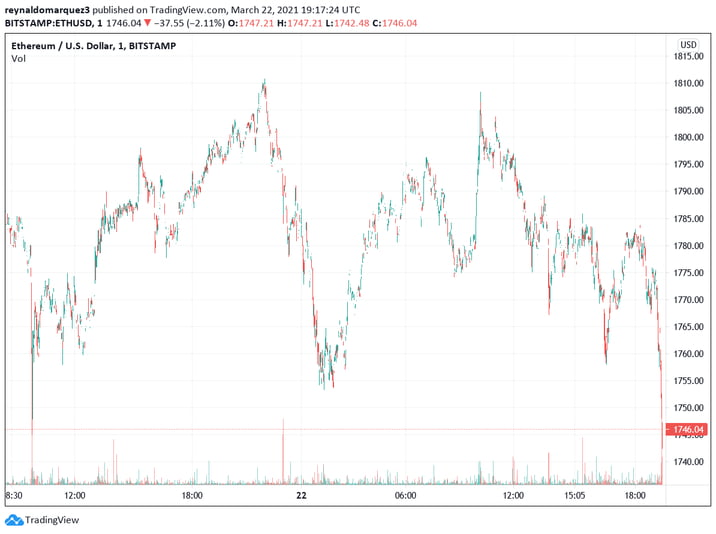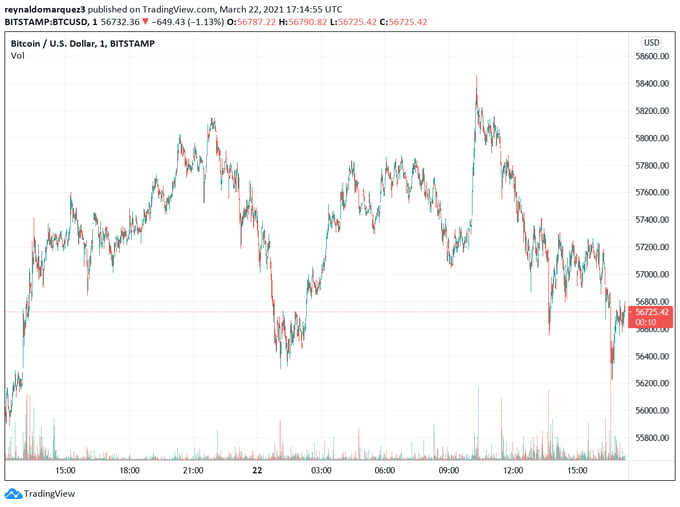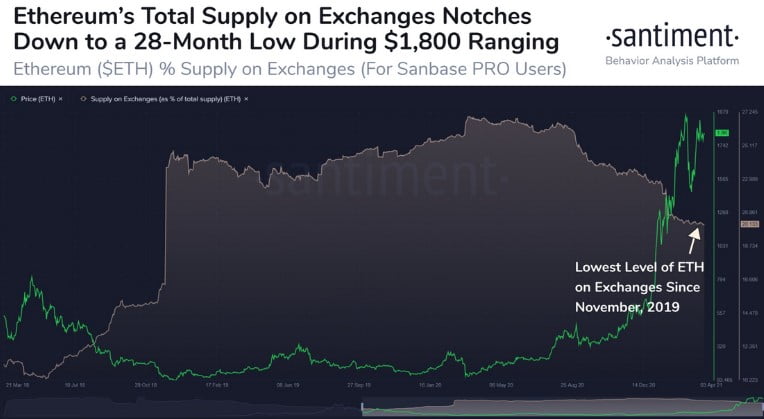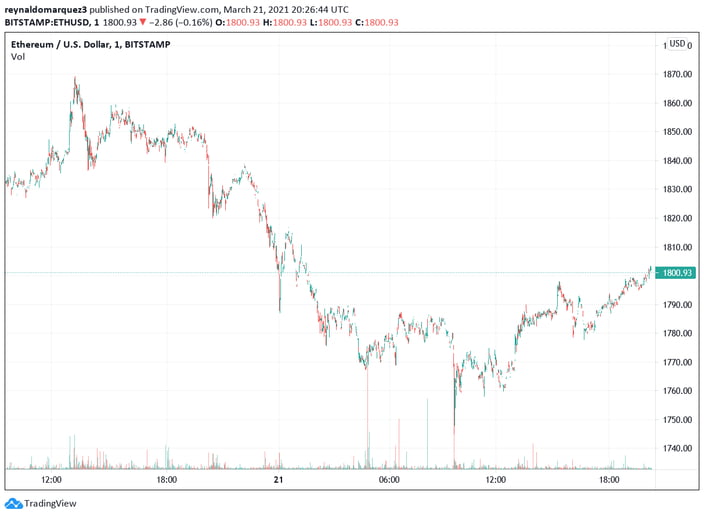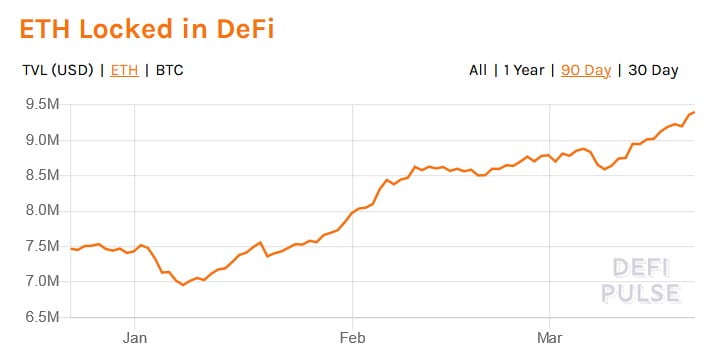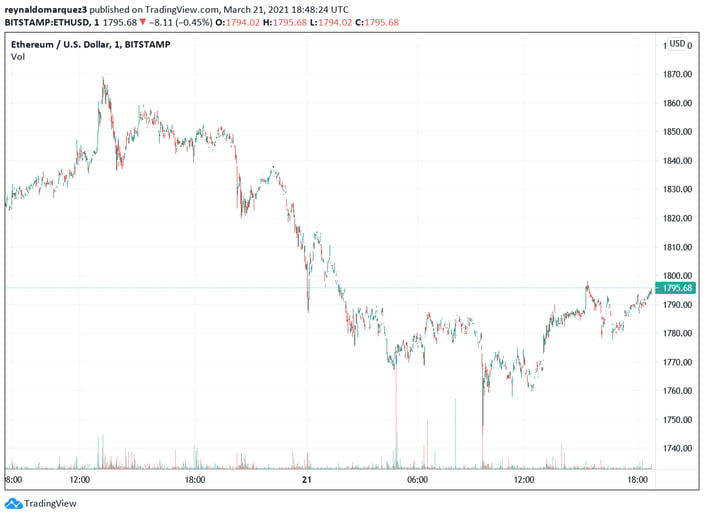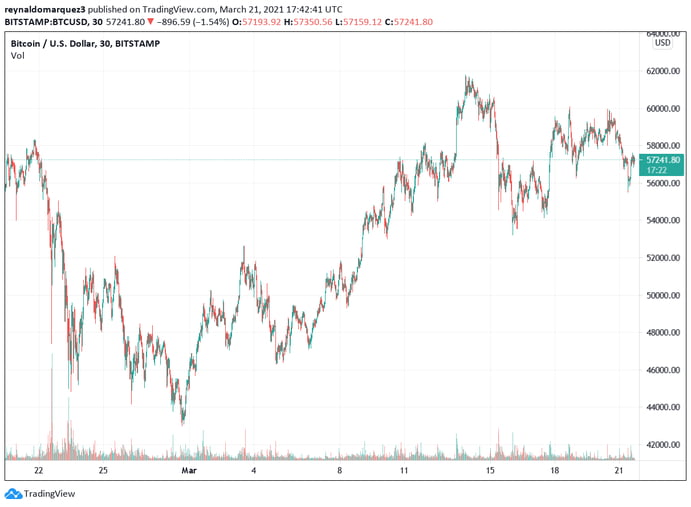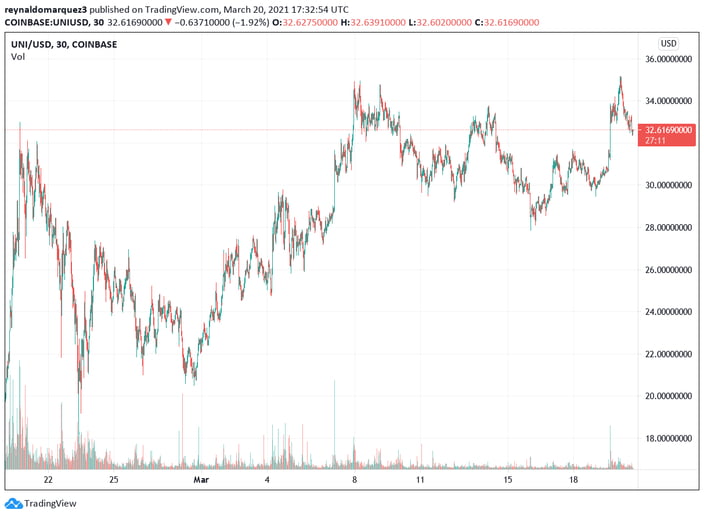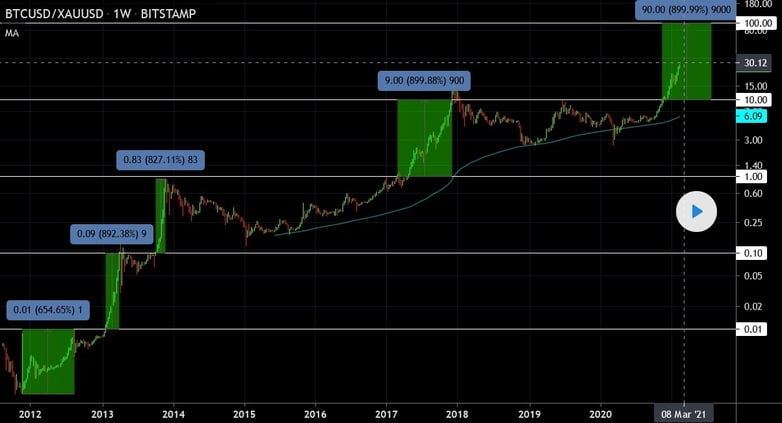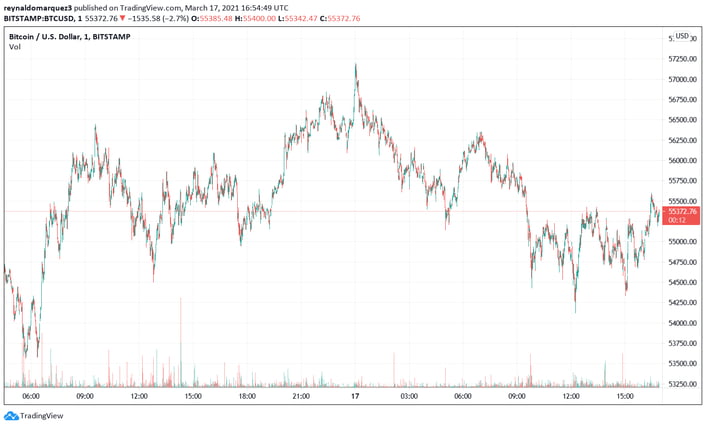The auction for the Non-Fungible Token (NFT) that gives proof of authority over Jack Dorsey’s “Tweet Genesis” has concluded. Held on Valuables, a platform that allows its users to convert their Tweets into NFT.
Created by the Ethereum based service Cent, the tweet has been “authenticated” by Dorsey, CEO of the social network and payment company Square. Valuables told auction participants:
The tweet itself will continue to live on Twitter. What you are purchasing is a digital certificate of the tweet, unique because it has been signed and verified by the creator.
The auction winner was Bridge Oracle Protocol CEO Sina Estavi after bidding nearly $3 million in Ethereum (ETH). Outbidding Justin Sun, founder of Tron, who bid nearly $2 million. Stavi told Dorsey:
Hey Jack, thank you for accepting my offer, and I’m glad this money is being donated to charity…. Let’s Bridge to freedom.
Dorsey previously confirmed that the proceeds from the sale of his NFT would be immediately converted to Bitcoin. The funds in BTC will be sent to GiveDirectly, a non-profit organization that is responsible for sending cash transfers to low-income individuals.
The organization is involved in a campaign to mitigate the effects of the COVID-19 pandemic on the continent. Dorsey used a fresh Ethereum address to conduct the transaction which was conducted via crypto exchange Kraken.
Via his Twitter handle Dorsey confirmed the money has been sent to the referred organization. Estavi responded in a separate tweet:
This is not just a tweet! I think years later people will realize the true value of this tweet, like the Mona Lisa painting
NFTs to fight climate change
Digital artist Mike “beeple” Winkelmann is also using the attention he has recently received for a good cause. Beeple is part of “The Carbon Drop” an NFT collection auctioned to aid solve climate change, created by The Social Alpha Foundation.
Beeple has celebrated the high participation the initiatives have been receiving. The digital artist believes solving climate change is crucial for NFT to have a future, the digital artist said:
we all know, this is absolutely something we MUST solve for NFT’s to realize their full potential. Luckily I know how amazing this community is so I have no doubt we will.
In a recent interview Beeple said the NFT crazed could be a bubble, but believe the technology will endure and have a used in people’s everyday life. The digital artist claimed:
I don’t think art is being devalued, I think in some cases a lot of value is being placed on the work. I think there is definitely, on some level, a bubble when you have NFT of toilet paper selling for $2,000. That seems kind of ridiculous.
